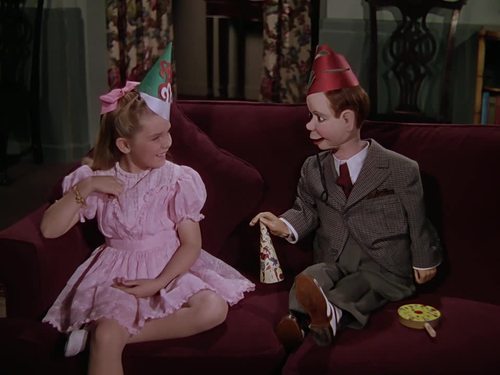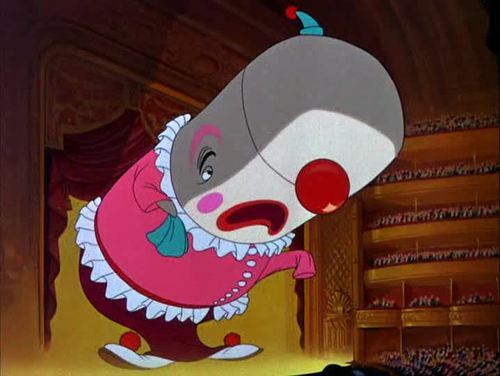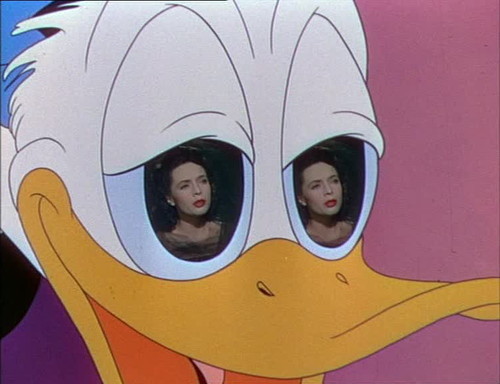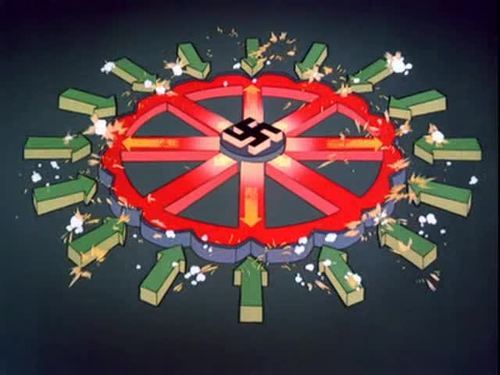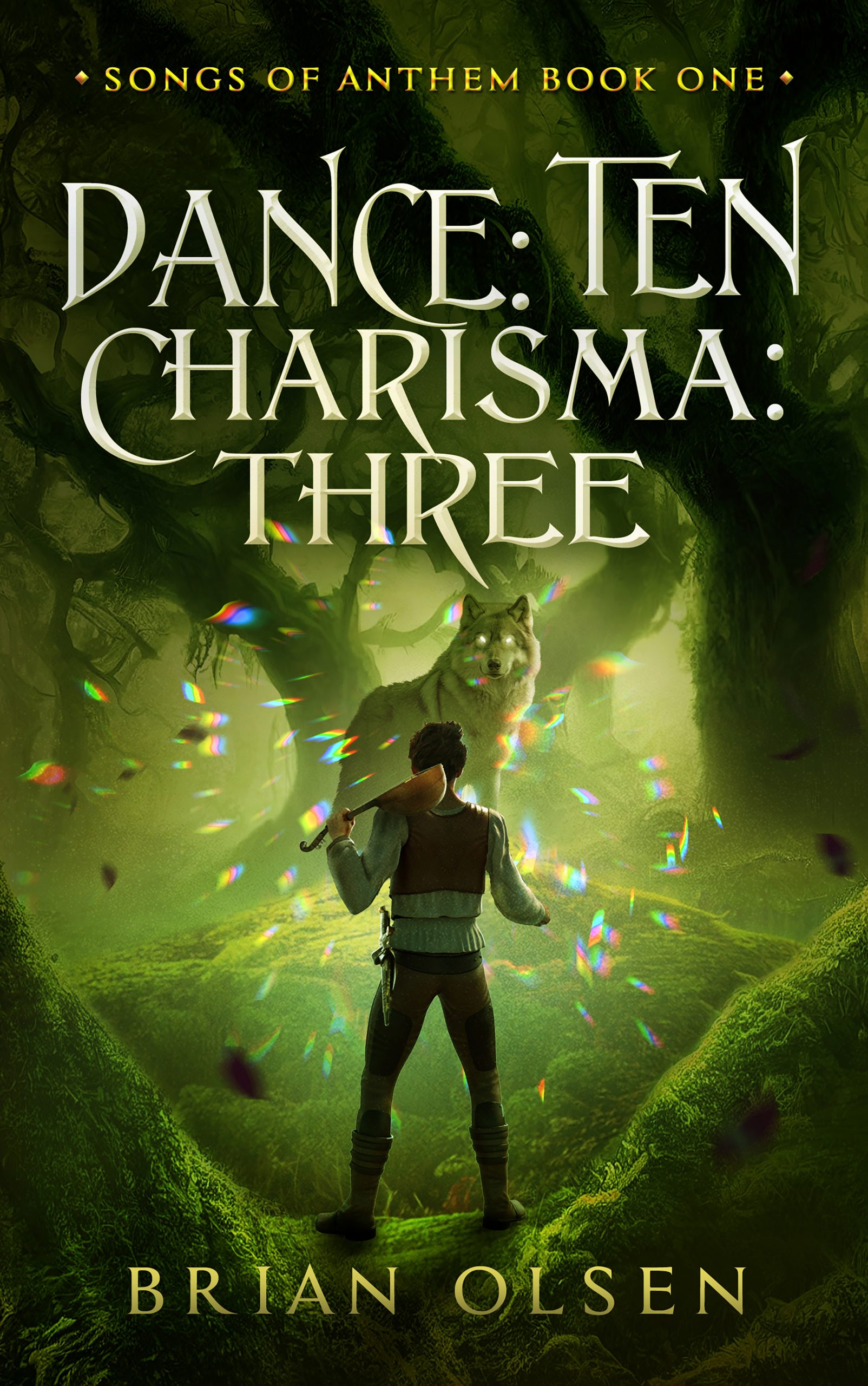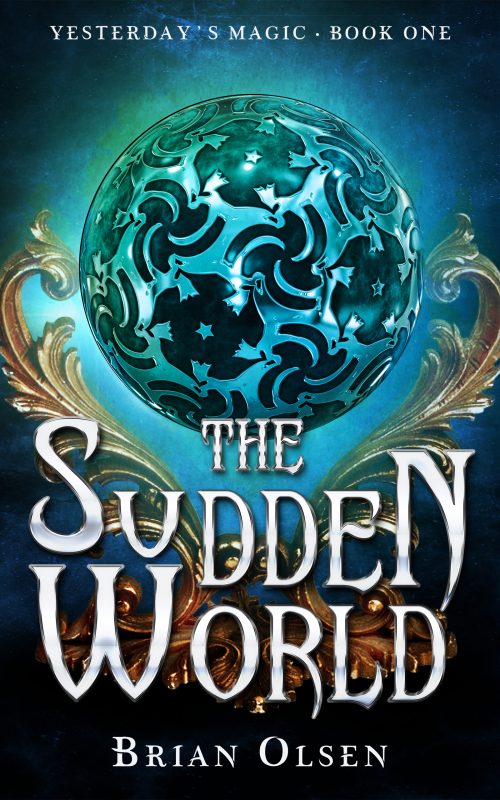I’m watching every Disney movie from the beginning for this series. Sometimes it’s Pinocchio, and it’s so beautiful and amazing that it’s a struggle to contain myself to just ten thoughts. Sometimes it’s Song of the South, and ten thoughts don’t seem nearly enough to elucidate the depths of my revulsion.
And sometimes it’s Fun and Fancy Free.
Fun and Fancy Free (1947) was another of Disney’s package films, made up of two shorts that were originally intended to be features on their own, but, due to financial concerns from the hit the studio took during the war, plus concerns about the artistic merits of the pieces, they were scaled back and bundled together as one movie so that they could hopefully make a little money to fund later, better pictures. The results are unsurprising.
- The credits are promising. Edgar Bergen! Dinah Shore! And Mickey, Donald, and Jiminy Cricket are slipped into the credits along with the actors. That’s cute.
- We open with Jiminy singing a fun song (which I later find out was cut from Pinocchio, because the key word for this film is “leftovers”) while roaming around somebody’s house. He comes across a fish in a bowl and I wonder for a second if it’s Cleo, but it’s not quite sexy enough. More cute than sexy. (I feel so dirty right now. In case you haven’t read the rest of this series, there’s a disturbing recurrence of sexy fish in Disney movies. It’s not me, it’s them.) And there’s a cat that tries to eat Jiminy, so it’s definitely not that wimp Figaro. By this point it’s clear that JC is in a modern house – given that Pinocchio was set in ye olde timmes, I’m questioning how long crickets live. He comes across a sexy French cancan doll and it cries out, “Mama,” as if it were a baby doll. Creepy. Who lives here?
- The first animated short is “Bongo.” It’s about a circus bear who escapes to live out his dream of living in the wilderness. I think it worked out better for Disney that he could burn this off here, rather than developing it into a film of its own. The animation is fine, but nothing special – it’s short feature quality, not full-length. The plot is uninspired. It’s not bad, it’s just kind of dull. There are a lot of long stretches where Dinah Shore sings a perfectly lovely, perfectly sleepy song and nothing much is happening on-screen.
- But there’s a circus train! Is it Casey? IS IT CASEY?!?! It’s not Casey. Just some dumb old non-anthropomorphic train. Darn it.
- Bongo can ride a unicycle across a high wire while juggling twenty objects but in the forest he trips over a root and can’t climb a tree.
- Finally Bongo meets a pretty girl bear and the plot picks up a little. He’s wearing clothes and she’s naked, which is a little disconcerting. The big romantic complication comes when she slaps him and he thinks she’s rejecting her, but actually, as Dinah Shore tells us via the magical medium of song, “a bear likes to say it with a slap.” It, in this case, being a declaration of love. It’s all very “He Hit Me (And It Felt Like a Kiss)”. At first I’m worried about the problematic message this is sending kids about partner abuse, but the she-bear is into it, and I ultimately decide it’s a nice message about initiating your partner into the joys of consensual S&M play. Very forward thinking of you, Walt. Very sex positive.
- Back to the framing sequence, and Jiminy Cricket finds an invitation to child actor Luana Patten (she played the annoying little girl in Song of the South) to come to a party next door. He hops over to gate-crash and stumbles upon a complete and utter horror show. It’s a live action sequence with little Luana being thrown a party by adult comedian/ventriloquist Edger Bergen. THERE IS NO ONE ELSE AT THIS PARTY. A grown man is throwing a party for a little girl he is not related to and there are no other guests. The whole living room is decorated and he’s putting on a show just for her. He offers her cake and candy and I keep checking my phone for an Amber Alert. Oh, I guess technically there are other people at the party, Bergen’s dummies Charlie McCarthy and Mortimer Snerd. WHO MOVE AND TALK ON THEIR OWN. What the flaming hell? Were children of the forties completely inured to nightmarish homunculi? Because I’m convinced I’m going to wake up tonight to see Mortimer Snerd standing over my bed with a cake knife.
- The cartoon for this sequence is “Mickey and the Beanstalk,” which is reasonably well-known from being snipped out of this movie and shown on its own from time to time (with Bergen’s narration mercifully replaced by that of Ludwig von Drake). It’s pretty good – it works as a short a lot better than “Bongo,” although I’m not sure it would have held up as a feature. I can tell it’s unfinished, even though I didn’t learn its history until after I watched – it’s very jumpy, with Bergen’s narration covering big gaps in the narrative.
- I will grudgingly admit that the wisecracks from McCarthy and Snerd, interlaced throughout the short, are pretty funny. They comment on it like a 40s version of Mystery Science Theater 3000. They’re funnier when I can’t see them because their jokes aren’t drowned out by my screaming.
- And, uh…that’s pretty much that. One mediocre short, one decent short, one terrifying framing sequence, all wrapped up in just over an hour. That was…a movie. I guess? Maybe we’ll do better next time…
